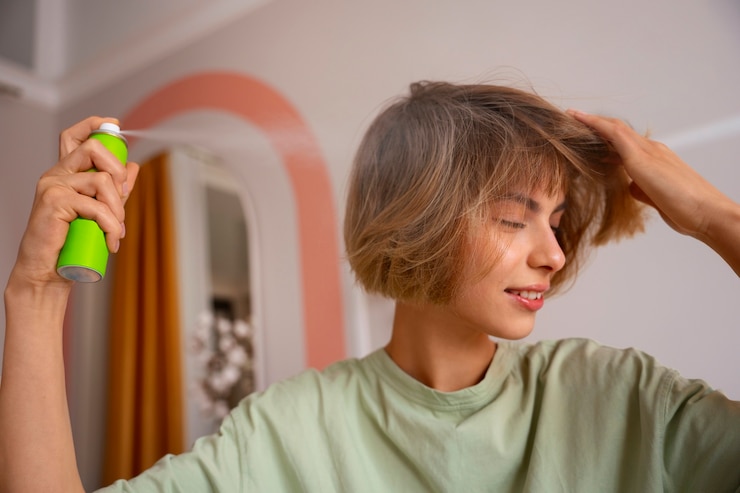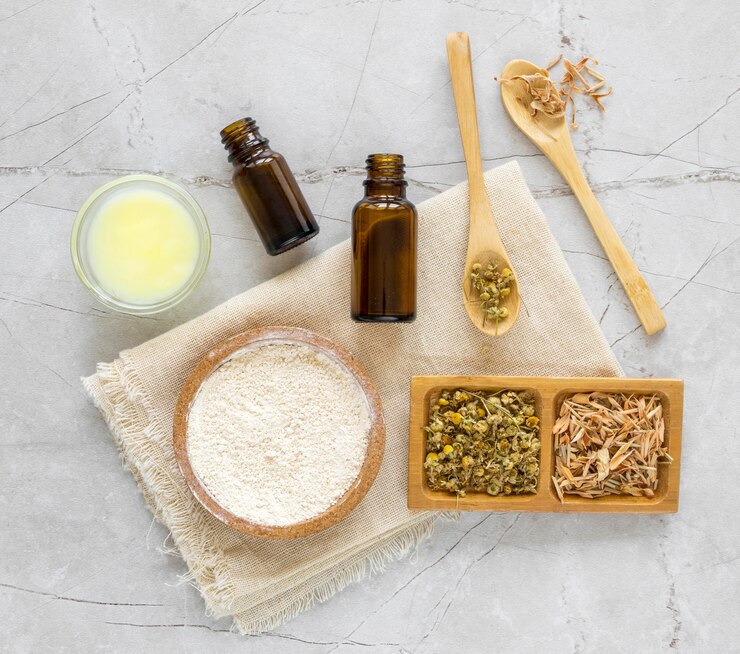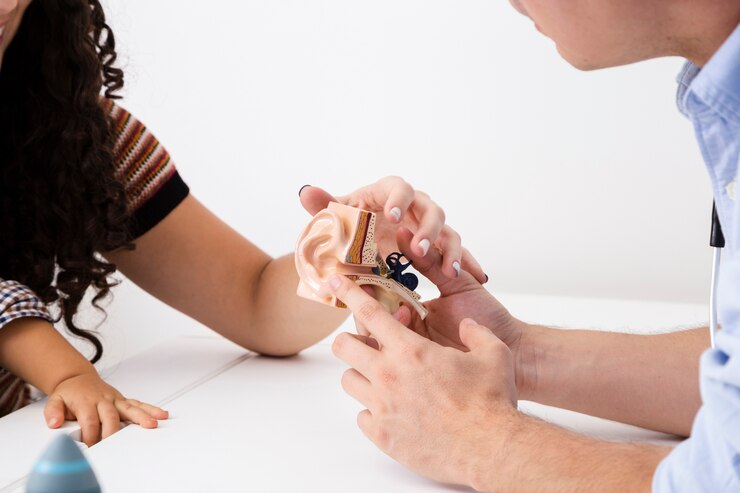
A few years back, when I first decided to get bangs, I headed straight to the drugstore to buy some dry shampoo. I asked the beauty counter associate for advice on the best brand, and after spending $15, I left with a dry shampoo spray. In hindsight, I’m a bit embarrassed about that purchase.
Now, you might be asking, what exactly is dry shampoo? It’s a powder you apply to your hair to absorb oil, either to delay washing or for a quick refresh. While it may sound unappealing, it’s a lifesaver if, like me, you prefer not to wash your hair daily.
The first time I used the drugstore dry shampoo, the scent was overwhelming. I’m very cautious about fragrances, as the term “fragrance” on a label can mask hundreds of undisclosed chemicals. Surprisingly, I hadn’t checked the ingredients when I bought it. But once I sprayed it on, I read the ingredients list and was shocked. Propane? Isobutane? Parabens? Fragrance? Wow! If you’re curious why those ingredients alarmed me, there are plenty of sources to explain.
I knew better than to use harmful chemicals on my hair. I guess the thrill of my new hairstyle clouded my judgment. So, I decided against using it in my bangs.
Thankfully, I had kept the receipt and was able to return the product without any trouble and got back my $15.
Here’s why these ingredients can be problematic:
**Isobutane** – Rated 7 on the Environmental Working Group’s website, it’s associated with organ toxicity and is flagged as “potentially toxic” by Environment Canada.
**Propylparabens** – Known as endocrine disruptors and immune toxicants, these chemicals are linked with reproductive issues in animal studies and have a 7 rating on EWG.
**Fragrance** – This could contain numerous undisclosed chemical toxins. Fragrance is linked with allergies, immunotoxicity, and organ system toxicity, and is rated 8 on EWG.
**Alcohol Denat** – Associated with developmental, reproductive, and organ system toxicity, though it has an EWG rating of 4.
These are just a handful of troublesome ingredients commonly found in conventional dry shampoos. As I’ve written before, there’s a lack of regulation preventing manufacturers from including these harmful substances in products we might use every day.
It’s up to you, the consumer, to choose what you’re comfortable exposing yourself to. We must also consider the environmental impact, as these chemicals can end up in our water and soil.
To avoid most conventional products, you might consider making your own natural alternatives! Ingredients are likely already in your pantry. Check out the video linked below for the full recipe. Note that my recipe doesn’t cater to redheads, but perhaps ginger powder could work! Feel free to share any suggestions for redheads in the comments below.
This recipe comes from Kathrin, the founder of For Love of Body. If DIY isn’t your thing, you can order our Natural Dry Shampoo for Light or Dark Hair in the Joyous Shop!
Be sure to watch the video for tips on using it! This dry shampoo is handy for those who don’t wash their hair daily—something I also suggest avoiding since frequent washing can dry out your scalp, making your hair dull.
Have a joyous day!


